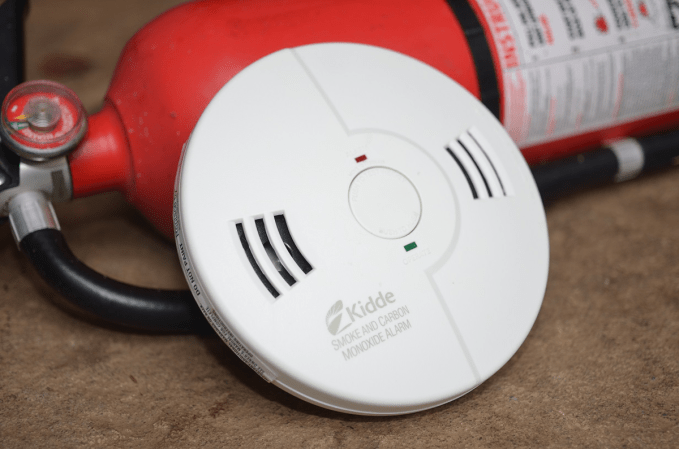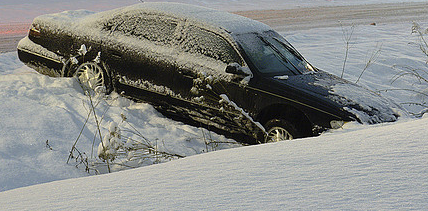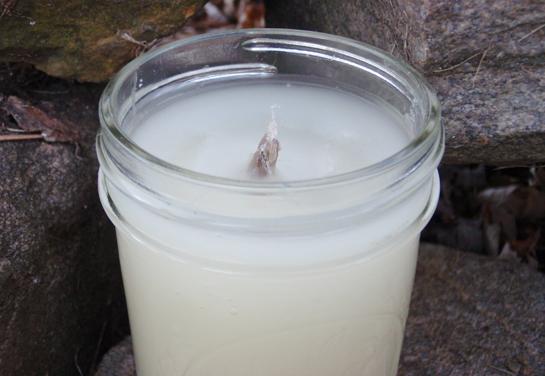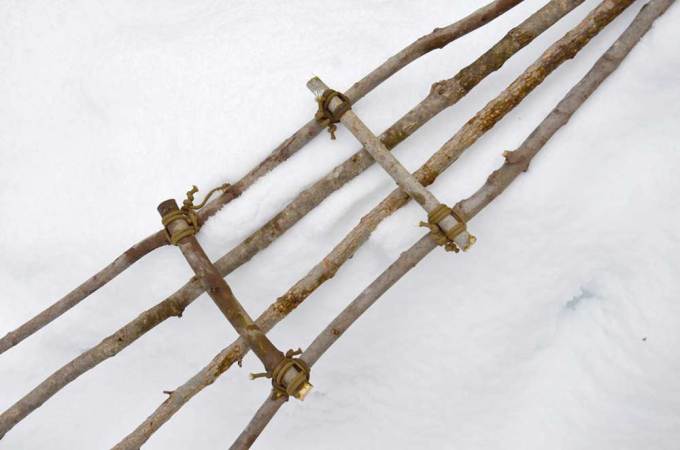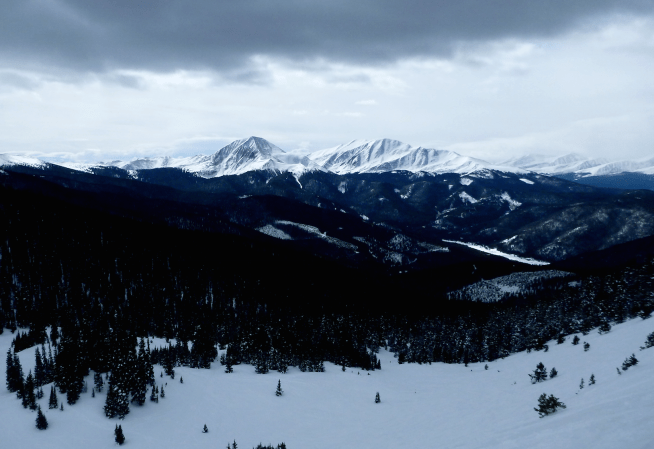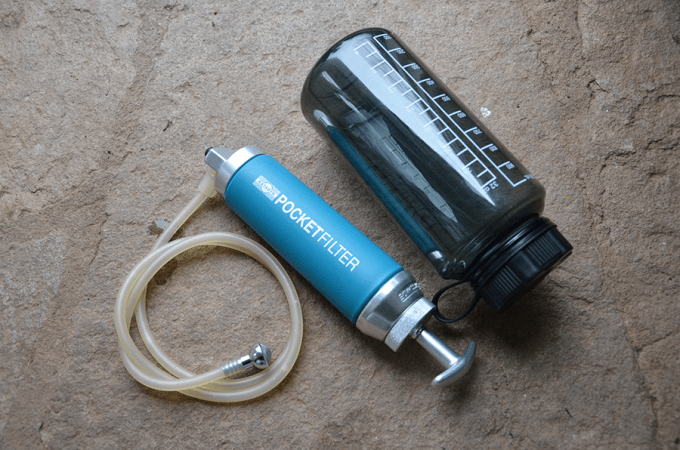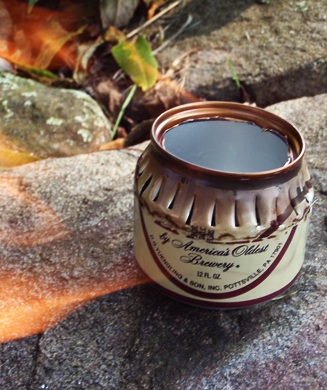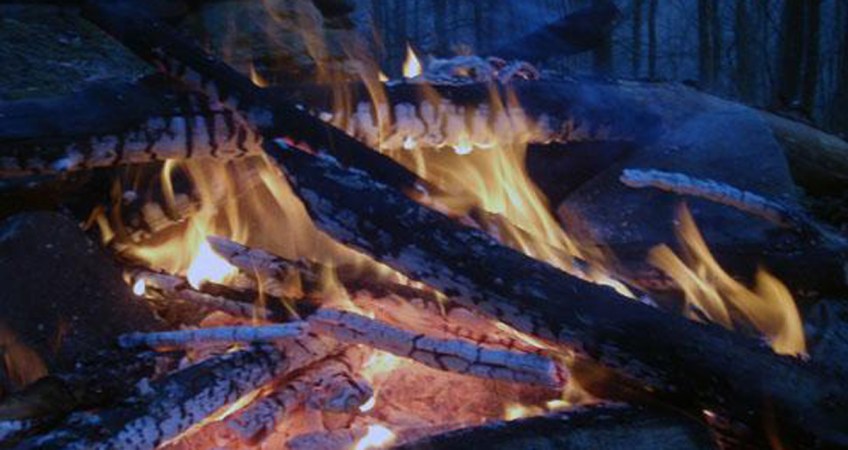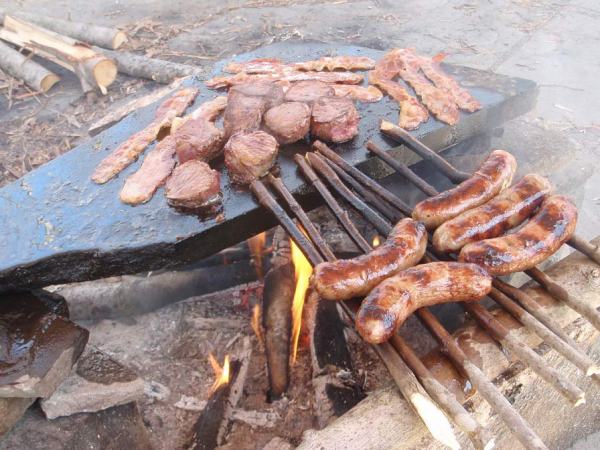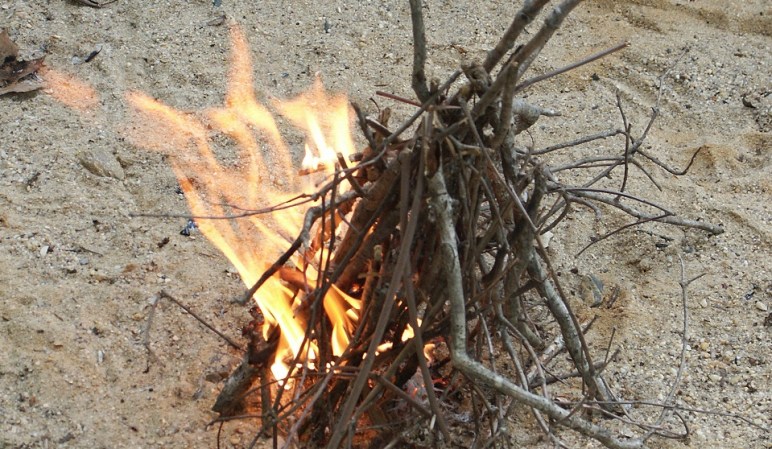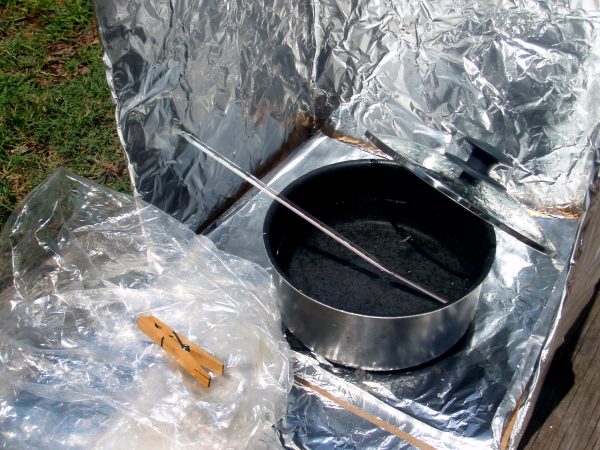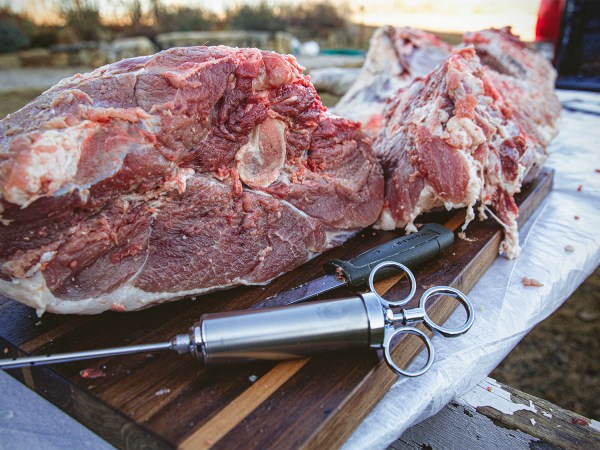For those of us with functional fireplaces or working woodstoves, the impending cold weather doesn’t seem too bad. But most people in America don’t have a stove or operating fireplace. For those who rely on electric heat, or a system that needs electricity to burn fuel, the thought of utility outages and winter storms can be scary.
Here are some important things to consider when heating your home without power.
Don’t Try To Heat The Whole House
Pick one room, preferably a smaller room with a low ceiling, to be your main living area during the emergency. Don’t expect or even try to make every room warm and comfortable again. It’s a waste of time and a waste of resources.
Don’t Use Combustion Without Ventilation
You’re just begging for carbon monoxide poisoning if you use a propane heater, a bbq grill or a gas stove for a heat source. Even a kerosene heater needs to have some fresh air. Candles are also a problematic heat source. If you use enough candles to create warmth in a room, you have a serious fire hazard. Make sure you have a working smoke alarm with a carbon monoxide detector.
Insulate
Insulation is the key to keeping warmth in and keeping out cold. Insulate the room you are staying in by hanging blankets over windows. Insulate yourself by wearing layers of clothes, wrapping up in blankets or staying inside a sleeping bag if it is really cold.
Heat From Light
You can take advantage of passive solar heat during daylight hours if your room has south-facing windows. Lay out dark colored blankets and rugs on the floor and furniture to absorb the heat from the sunlight. The more light pouring through the windows–and the more dark-color absorption materials–the more heat you will have.
No Fire Indoors? Then Put It Outside
While you can’t heat a room with hand warmer packs, you can certainly heat up yourself by keeping a few of these in your pockets. And building on that concept of portable radiant heat, you can turn rocks and bricks into space heaters without too much trouble. First, you need to set up a heat-proof platform in the room you intend to heat. A two-foot-square area of bricks on the floor will work fine.
Next, get some rocks from a dry location or a few more of those bricks. Then, fire up the grill or build a fire outside and throw the rocks or bricks in the fire to heat them up. Let them sit for about 45 minutes and then scoop them out with a shovel. Get all the coals and sparks off of the bricks or rocks. Drop them into a stainless steel cooking pot. (Other types of pots may get damaged by the heat, and galvanized buckets can release toxic vapors under such heat, so stick with the steel pot.) Carefully bring the hot rocks or bricks inside and set the pot of hot stuff on your heat-proof platform. Repeat as needed every few hours.
Clearly, you have a lot of work ahead of you if you do lose power in the cold, but thankfully you have a lot of options as well.

